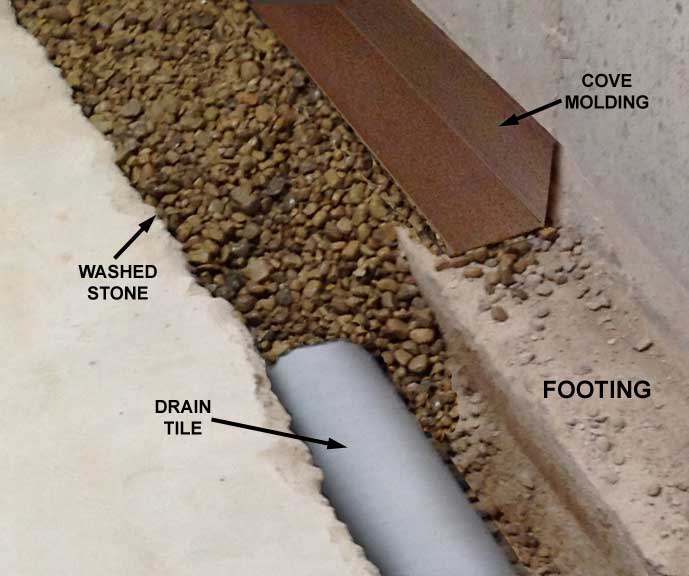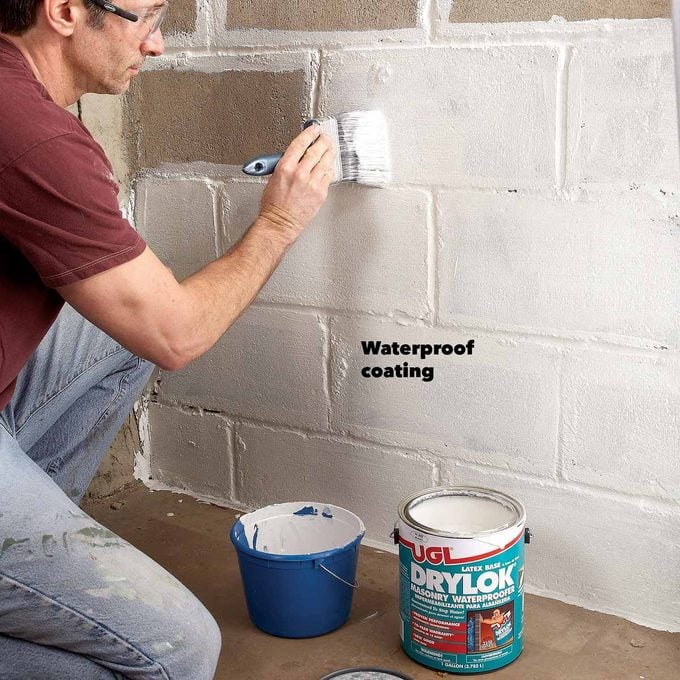7 Simple Techniques For Waterproofing Auckland
Wiki Article
Not known Factual Statements About Waterproofing Auckland
Table of ContentsThe Basic Principles Of Waterproofing Auckland Fascination About Waterproofing AucklandHow Waterproofing Auckland can Save You Time, Stress, and Money.The Buzz on Waterproofing AucklandAll about Waterproofing AucklandNot known Facts About Waterproofing Auckland
Waterproofing buildings is the technique of creating a barrier over surfaces of structures, roof coverings, wall surfaces as well as various other structural participants of structures to stop water infiltrations with these surface areas. In recap, constructing surface areas are made waterproof and waterproof. Research has actually shown that waterproofing only makes up 1% of a structure's building and construction costs but when overlooked, it can be in charge of nearly 90% of the damage.
For that reason, you need to make certain that you get the appropriate kinds of waterproofing products for your special requirements. To help you in the option process, below are the 5 kinds of waterproofing in building: Cementitious waterproofing items are thought about as the easiest waterproofing products to utilize. These are conveniently offered from suppliers of stonework products like, as well as they're easy to blend and use.
Polyurethane fluid membrane approach of waterproofing is normally utilized for the level roofing area as well as revealed to weathering. This kind of waterproofing product is very sensitive to dampness content present. Before application, it is important to be added mindful in examining the dampness material of the concrete slab, otherwise peeling off or de-bonding of membrane layers might happen after some time.
It uses extra adaptability than the cementitious kinds of waterproofing. At the end of the day, there are several one-of-a-kind kinds of waterproofing products in the market.
Waterproofing Auckland Fundamentals Explained
So, how does cellar waterproofing job? Inside cellar waterproofing works by attending to water seepage where it materializes itself inside your home. After thoroughly examining any kind of leak-prone interior areas, employees create a trench in the cellar floor that runs alongside the afflicted location. They put a drainage system in this trench, routing water away from the cellar interior, and also seal the trench with concrete to recover the appearance of the original structure floor.
Exterior basement waterproofing methods minimize this stress by rerouting water right into a gravel-covered footing drain, which lugs it far from your house. While both methods of cellar waterproofing job well, they take care of the issue in different means. Interior basement waterproofing continues to be a prominent choice due to its fairly low cost factor, while exterior basement waterproofing helps house owners who favor to prevent indoor building and construction work.
Contact us today to find out more concerning the basement waterproofing job we perform for Georgia home owners.
The Ultimate Guide To Waterproofing Auckland
Inside areas of our house should be kept dry from roofing to cellar. Waterproofing the residence prior to building and construction will avoid these issues. If you water resistant your house, it will certainly protect against damages later on.
y. It aids reduce humidity inside your house as well as thus safeguards things inside your home from damage caused due to humidity or water exposure. It is also important for the veracity of the building. Relying on the degree of water damages or owner preference, waterproofing systems can be set up inside your home or outdoors.
First, the poly acrylic chemical solution is prepared which is used to seal the damage or leak on the wall and terrace which will certainly be a solid water click for more resistant base as well as protect and also protect the strength of any structure. This is done by an extremely trained specialist team. You require to ensure that top notch products are made use of for the procedure.
The last step is to place two layers of poly acrylic chemical with white cement externally. is excellent for buildings and frameworks that are already having leak or damages in addition to for new frameworks to avoid leak in future. This process aids in preserving the life and also high quality of the structure as well as ensures that there is no damage to the structure due to the rainfalls.
Little Known Questions About Waterproofing Auckland.

Apply a thick cement slurry over the surface of surface area slab. Over this coat, use a finishing coat with concrete sand mortar 1:4 and water-proofing these details substance as per the layout.
Add shade pigments such as red, eco-friendly, and so on as per the demand for an attractive surface. Make a side between the parapet as well as the sloping slab on the second day. Cure this waterproofing for fifteen days, with damp gunny bags spread out over it. Continuous watering is called for on a sloping piece.
Examine This Report on Waterproofing Auckland
Preserve the break joint pattern while repairing the Shahabad tiles for the base. After dealing with the Shahabad ceramic tiles, grout the joints with cement slurry entirely. Seal the joints between the Shahabad tiles with the aid of C.M.For the basement, the provision of stipulation and rain gutter is made in P.C.C. itself and Shahabad and also is also prepared likewise the same fashionVery same
6 Simple Techniques For Waterproofing Auckland
loaded with concrete slurry as well as say goodbye to slurry is absorbed. Treat it for at the very least seven days, a minimum of ten times a day. After healing, provide the final jointless water-proof plaster coat in C.M. 1:4 over the rough Shahabad. The entire process discussed over forms a box around the framework as well as does not enable any water to leak via or click here now leak from the basement.Report this wiki page